We’ve heard so much lately about the benefits of remote or hybrid working. How it improves work-life balance because it saves on all those hours wasted commuting.
Over lockdown, some believed they’d woken up to a utopia of family-time flexibility and quiet space to work from home. Others, in circumstances unconducive to concentration and productivity, felt stuck in a modern dystopia.
Are we really achieving a better work-life balance, or are we just blurring the lines between work and home in a way that could lead to some harmful unintended outcomes?
The answer lies somewhere on a spectrum…
What does the data say? Are hybrid workers better off than their office-based or remote-based colleagues?
A recent report by Scalable investigated the impact that hybrid working has had on employee wellbeing. They found that 42% had a better work-life balance, 33% were more productive and 29% felt happier. BUT… 31% now find it harder to switch off from work, 24% experience increased stress levels, 30% now work longer hours and 27% feel more isolated.
The benefits of remote working on wellbeing
Following the pandemic, the research found that 92% of people now expect to work from home at least once per week and 80% of people expect to work from home at least three times per week. But why do so many employees want to work remotely?
 Buffer asked people what they see as the most significant benefit of working remotely. They found that people benefit most from (in order of popularity) the ability to have a flexible schedule, the flexibility to work from anywhere, not having to commute, the ability to spend more time with family and the ability to work from home.
Buffer asked people what they see as the most significant benefit of working remotely. They found that people benefit most from (in order of popularity) the ability to have a flexible schedule, the flexibility to work from anywhere, not having to commute, the ability to spend more time with family and the ability to work from home.
The drawbacks of remote working on wellbeing
Despite the many benefits of remote working, research has also found that the well-being of employees can be negatively affected when working remotely.
The same Buffer report also highlighted employees’ biggest struggles when working remotely. These included: collaboration and communication, loneliness, not being able to unplug, distractions at home, being in different time zones to colleagues, staying motivated, taking vacation time and finding reliable wifi.
It is important to note, however, that despite hybrid working being the most favourable option for employees, it does not come without its own challenges. For example, insights from a recent hybrid working Global Forbes Survey found that:
- 57% of respondents said they feel disconnected from their organisation and co-workers
- 62% said that limited networking opportunities with senior employees and co-workers negatively impact career growth
- 54% said limited social interactions with co-workers have had a negative impact on their mental health
- 70% of respondents indicated that the culture of trust between managers and employees needed improvement
—A new report by Leesman examines the data of 67,000 workers collected in the second half of 2021 and uncovers the hidden risks of hybrid working that affect many organisations. The majority of the employees surveyed were hybrid workers: they used more than one location for work.
This report acknowledges the fundamental plus side of hybrid working: employees have the autonomy to optimise their work experience. The Leesman data found that 97% of hybrid employees agreed that at least one of the two environments they use enables them to work productively.
Although the benefits do not come without risks.
The data revealed 5 Key considerations for optimal hybrid working:
- Some demographic groups are wary of the office
- Trust matters greatly but must be maintained – data suggests that 93 per cent of employees perceive that their employer trusts them to do their work regardless of where they work. This number needs to stay consistently high in order for hybrid working to be sustainable.
- Commuting cannot be ignored: More than 40 per cent of employees said they were dissatisfied with their commute and the duration of the commute seems to be a key deal-breaker.
- Health concerns are still on people’s minds: For those who wanted to continue working from home full-time, the biggest concerns they expressed about returning to the office were: proximity to other people, office hygiene and protective measures, and contact with other people during their commute to the workplace.
- Surplus real estate is a real risk.

Other less favourable consequences are:
Less-experienced employees benefit immensely from just being around their more experienced colleagues and just watching and listening to them, and if they’re not mixing on a day-to-day basis, no amount of video meetings will plug that gap. They’ll have less opportunity to learn from experienced colleagues, while both young workers and new joiners will struggle to gain visibility. Meanwhile, after-work socialising and networking will be reduced for everyone.
To find a solution the onus is on leadership.
Leaders have opened relevant dialogues with their employees over the last two years, and how quickly everyone adapted is remarkable. There was no best-practice guide to refer to. Managers and key business functions like HR have learnt on their feet, adapting their styles to get the best from their teams and meet the expectations of business leadership. No easy task!
Despite the steep learning curve, the remote and hybrid working experiments demonstrated that employees were productive and felt empowered outside of a traditional office-based structure. In fact, it enabled individuals to work effectively, strike a healthier work-life balance and find an approach that focused on outcomes.
It is this level of trust, adaptability and personalisation that must remain as businesses seek to consolidate their ways of working. Simply rewinding time to pre-pandemic operations or reverting to five-day-weeks would be a huge, missed opportunity. As work-from-home guidance begins to ease, now is an opportune time for teams, in partnership with HR, to formally evaluate working approaches, and embrace the progress that has been made.
Employees are looking to leaders to offer a clear path forward, an acceptance and enthusiasm for hybrid working, and a commitment to adapt working styles, modes of communication and office environments to meet this commitment.
To conclude, remote or hybrid working may seem at first glance to improve work-life balance, and there’s no doubt that in some circumstances it certainly can. Still, unless we take measures to mitigate the downsides now, employers and employees may see that the short-term gains give way to far more division and discrimination than we ever bargained for and the strides we have made for workplace equality and fairness are pushed back a long, long way.
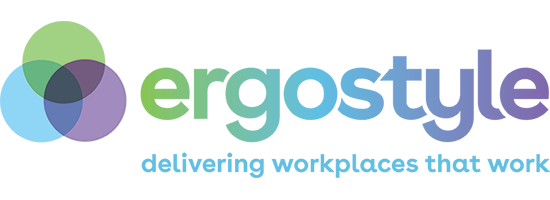




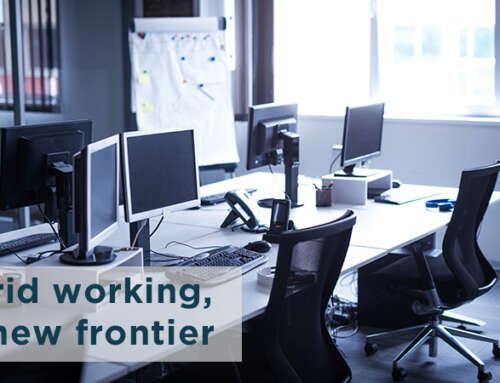
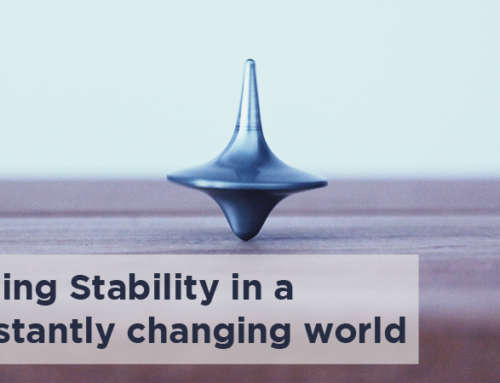
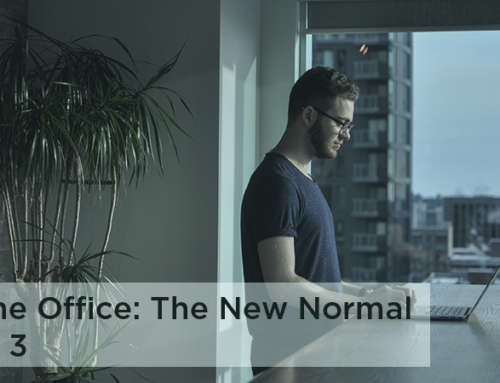

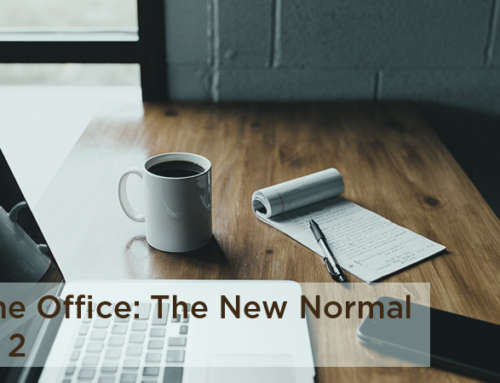
Leave A Comment
You must be logged in to post a comment.